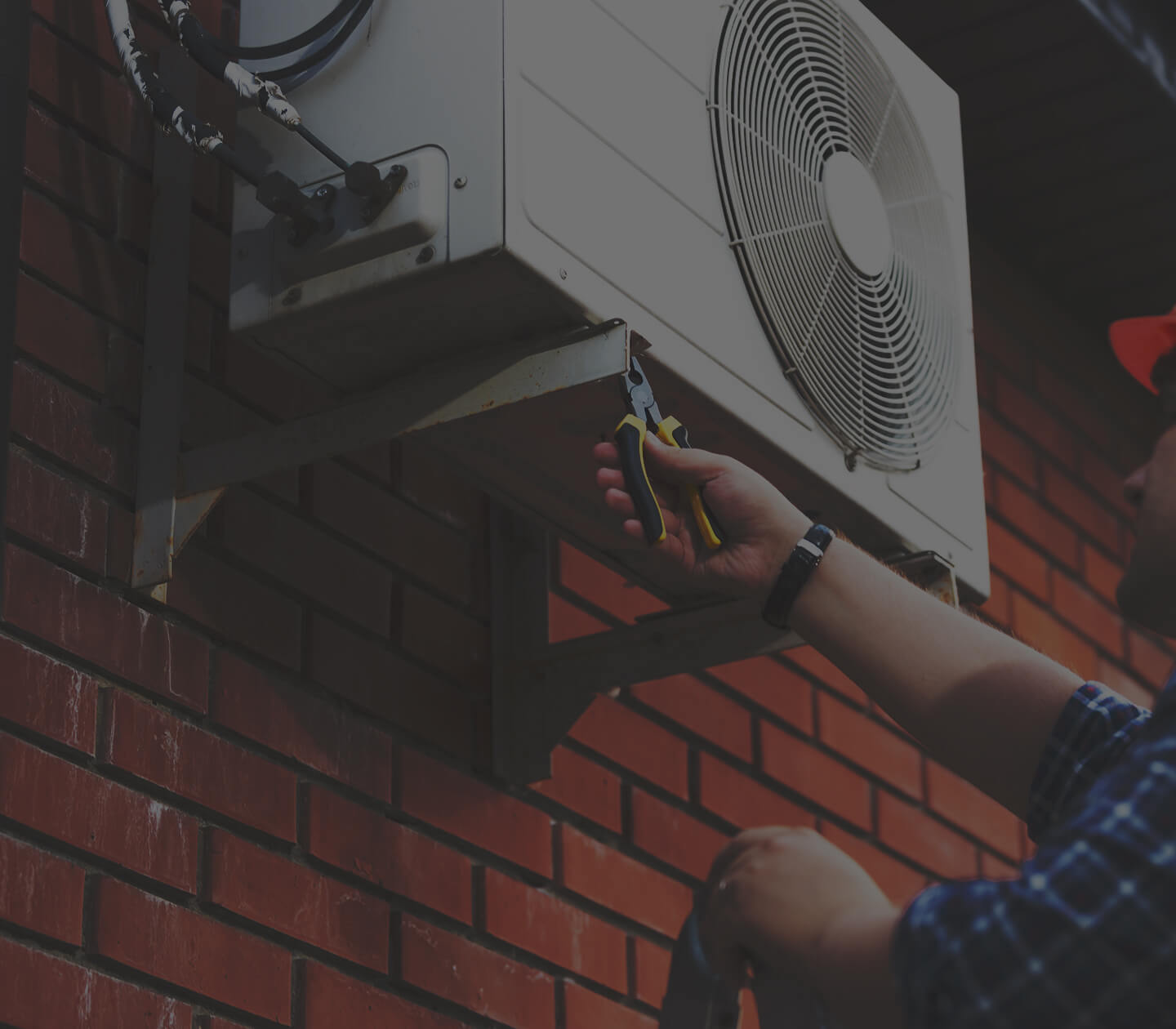You’re sitting in your living room, moving as little as possible, and still your forehead is covered in sweat. We’ve all been there. You know turning on the AC is going to raise your energy bill, but it’s so hot that you’re thinking that paying for it is worth the relief. While it is true that the heat outside might be the largest factor when it comes to how hot your house is, there is another cause you’re probably not even considering. If you’re wondering what it is, just take a look at the ceiling.
That’s right, incandescent lights give off heat as well as light. The higher the wattage, the higher the temperature. A compact fluorescent bulb gives off much less heat because they, unlike incandescent bulbs, don’t use resistance to cause the hot glow. What we’re trying to say is, lots of incandescent bowls in a home or office will give your AC a break and remove the extra heat that incandescent would normally give off.
Traditional light bulbs only turn about 10-15 percent of the electricity that runs through them into light. What about the other 85-90 percent? That gets outputted as heat. It won’t make a huge difference if you’re reading with a lamp on, but do keep in mind that the more lights you have on the more your AC will have to work to compensate for the extra heat.
Install More Efficient Lighting, and Your Costs Will Go Down Even if You Don’t Have Energy Efficient Air Conditioners
It should be mentioned that the excess heat isn’t a lighting problem, per se. It’s a problem with incandescent light bulbs, specifically. When you turn on the light, electricity runs through the filament. The filament resists, and heats up until it’s white-hot, which generates light. Most of the energy, though, is going into heating up the filament. While they’re a staple of people’s lives in the modern-day, it’s important to remember they were invented over a century ago. We’ve made a lot of progress in that time, and if you embrace that progress, you’re going to wind up with a much cooler house. Read the blog – AC Energy Saving Tips – to learn more energey savings
Take, for example, fluorescent light bulbs. They might look weird, compared to incandescent light bulbs, but they are a great deal more efficient. Five to six times more efficient, according to How Stuff Works. Even better, they don’t produce heat the way incandescent bulbs do, because they function off of a completely different kind of reaction. Light emitting diodes boast an even greater efficiency, and they can last for several years. LED bulbs are also built with a unique heat sink, which means they don’t radiate heat when they’re being used.
While both compact fluorescent light bulbs and LED light bulbs are more expensive than incandescent lights, it’s important to look at the lifetime of the bulb, and the advantages and disadvantages they provide. Incandescent light bulbs are fragile, not just because they’re made of glass, but because their filaments often break. Something as simple as shaking a bulb can snap the filament, rending it useless. Fluorescent lights don’t have that problem. Neither do LED lights, which is why they’re more commonly used in automobile headlights, where violent bouncing is the name of the game.
Lastly, though, it’s important to compare the lifetime of incandescent bulbs to the other options. Because, in addition to not putting out heat, these bulbs can last longer than it would take you to earn your bachelor’s degree. You might go through an entire pack of incandescent bulbs in that same time period. So don’t think of them as a more expensive cost; think of them as an investment in a cooler, more energy-efficient house.
Learn about our programmable thermostats or check out our maintenance plans or give us a call at 770-988-4822 or schedule an appointment online.


